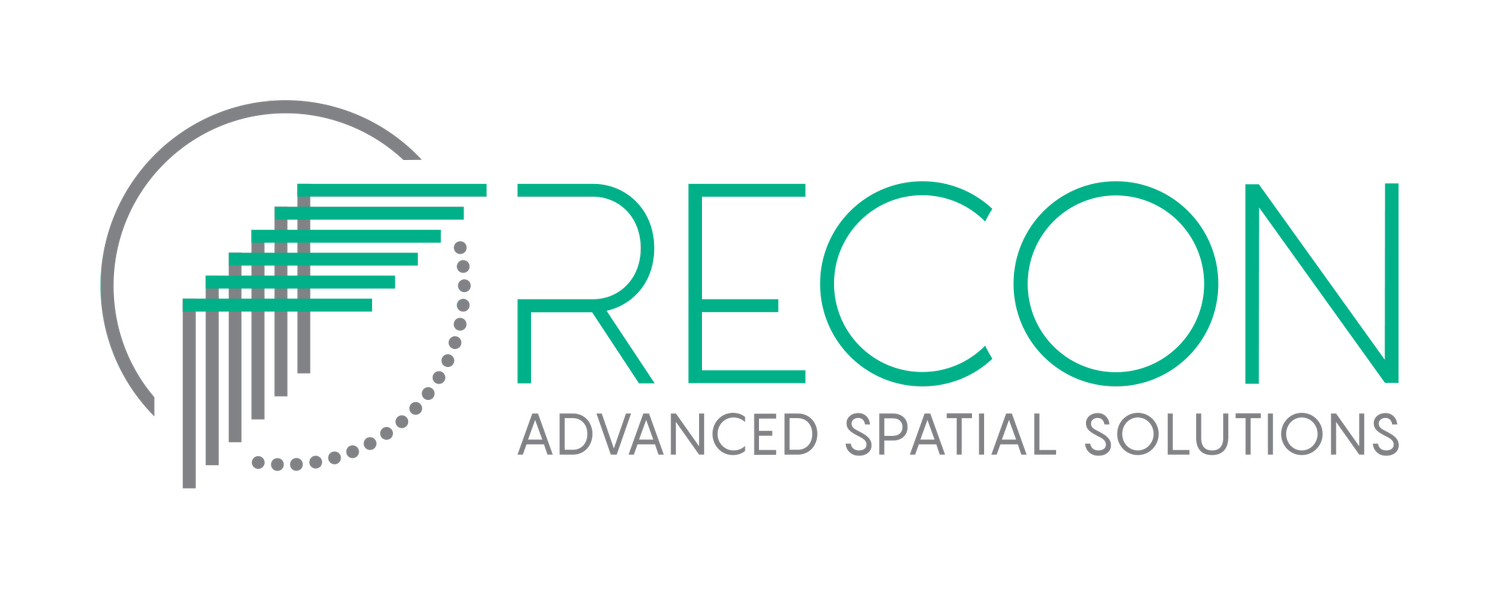Learn More About What 3D Terrestrial Laser Scanning In NZ Can Do For You
While 3D terrestrial laser scanning in NZ is a relatively new innovation in surveying methods, it is fast becoming popular. The highly accurate data collected from this method can be used to analyse the shape and character of the scanned area. The information can be used to create precise 3D digital representations of the surface.
Read on to learn more about this cost-saving, innovative survey technique.
What Is 3D Terrestrial Laser Scanning In NZ?
Data can be collected from multiple 3D laser scanner locations and compiled into a complete scan of the area. The results of this 3D terrestrial laser scanning in NZ are a set of 3D pointcloud data that can be applied to surveyed coordinates for total accuracy.
Simultaneously, photographic overlay information is captured in the red, green and blue (RGB) colour zones for each cloud point. This data can then be imported into specialised design software to create highly accurate 3D models.
What Are The Advantages Of Using 3D Terrestrial Laser Scanning In NZ?
This type of 3D virtual surveying offers a faster, safer, more accurate and more cost-effective method to map areas than traditional methods. The advantages of using this method of data collection include the following:
A safer collection method for field workers is suitable for all sites, including potentially hazardous locations.
Minimal interaction and disruption on-site.
Accurate data collection at the onset, reducing repeat visits to the site for further data collection.
Speedy data collection, reducing on-site time requirements.
Easier data collection from difficult-to-reach places such as mountains, slopes, high buildings and tunnels.
Pointcloud data can be combined with surveyed coordinates.
Pointcloud data integrated with GPS for high levels of accuracy.
Detailed, high-quality, highly accurate data output for modelling and other uses.
Who Can Use The Outputs From 3D Terrestrial Laser Scanning In NZ?
Pointcloud data allows for the accurate modelling of an object's physical size, shape and position in the world, allowing for many types of accurate 3D modelling. Outputs from 3D terrestrial laser scanning in NZ include the following:
DWG files that contain two and three-dimensional vector graphics of the scan. These files are helpful to drafters, architects, and engineers who develop design drawings.
Detailed Building Information (BIM) models assist architects, engineers and construction experts in simulating the design of a building or infrastructure. This facilitates the construction, management and problem-solving of construction and operational issues.
Contact Recon today for all your 3D terrestrial laser scanning requirements in NZ. Our team of experts is ready to help you with detailed, accurate data for your next architectural, engineering or construction project.
